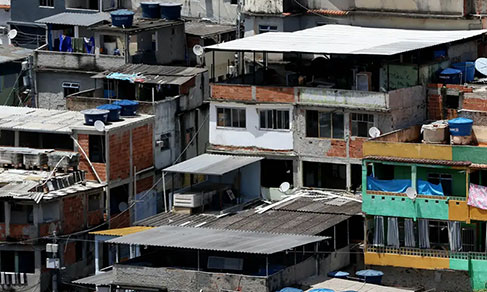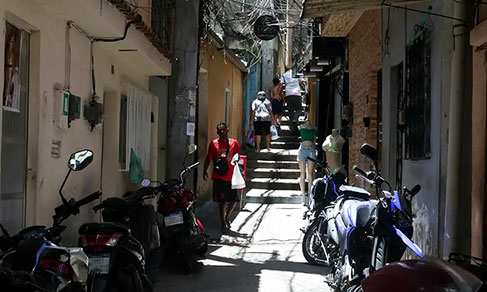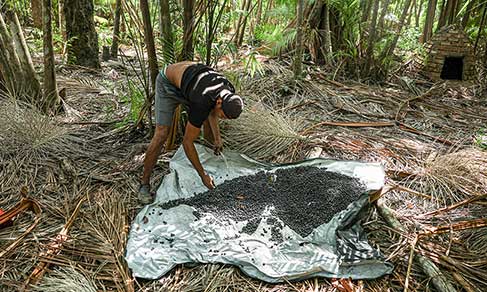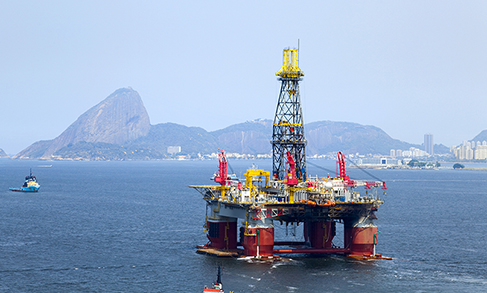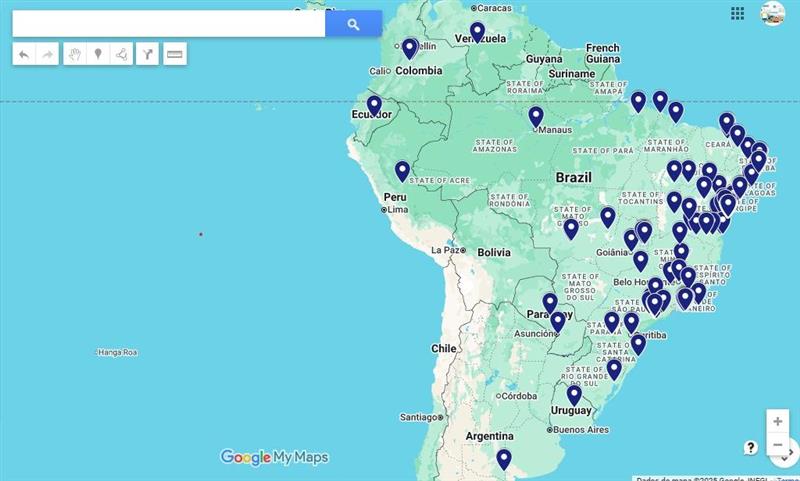IPCA
Inflation decelerates to 0.25% in January pressed by drop in electricity
February 09, 2021 09h00 AM | Last Updated: February 09, 2021 04h41 PM
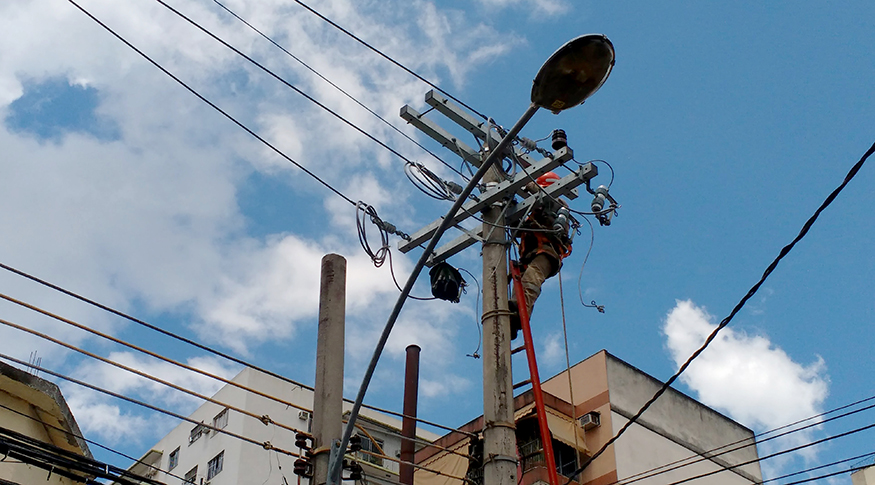
After four months of rises, varying from 0.64% in September to 1.35% in December, the inflation decelerated in January, registering 0.25%, the lowest index since August 2020 (0.24%). The data are from the Extended National Consumer Price Index - IPCA, released today (9) by the IBGE. In the last 12 months, the indicator accrues a rise of 4.56%.
Food and beverages continue to press the prices upwards, though with less strength. In addition, the change of flags in the electricity bills and the drop in the prices of airfare helped to hold the inflation in January.
"The item electricity dropped 5.60%. In individual terms, it was the biggest negative impact on the month´s index (-0.26 p.p.). After the red tariff flag level 2 in December, the yellow tariff flag came into force. Therefore, rather than an increase of R$6.243 per each 100 kilowatt-hour, consumers began to pay a lower additional tariff, of R$1.343. It resulted in a deflation (-1.07%) in the group of Housing, from which this item is part of, even with the rise in other components, like piped gas (0.22%) and water and sewage fees (0.19%)," explains Pedro Kislanov, manager of the survey.
Wearing apparel was another group that recorded a deflation in January (-0.07%), after rising 0.59% in December, when the sales of the sector warm up for the Holiday Season.
The other seven groups, however, increased their prices, highlighted by Food and beverages (1.02%), which posted the highest change and the biggest positive impact (0.22 p.p.) on the month´s index. Nevertheless, the rise was less intense than in December (1.74%).
"Food for consumption at home, which had risen 2.12% in the previous month, changed 1.06% in January. Fruits rose less (2.67% against 6.73% in December) and meat dropped (-0.08% against a rise of 3.58%), as well as long-life milk (-1.35%) and soybean oil (-1.08%). On the other hand, the prices of onions (17.58%) and tomatoes (4.89%), which retreated in the previous month, increased," highlights Kislanov.
Food away from home followed a reverse movement, changing from 0.77% in December to 0.91% in January, particularly due to the rise of snacks (1.83%).
The cost of Transportation (0.41%), group with the second biggest weight in the IPCA, also decelerated over the previous month (1.36%), mainly due to the drop in airfare (-19.93%), whose prices had risen 28.05% in December. However, fuels (2.13%) increased more than last month (1.56%), highlighted by gasoline (2.17%) and diesel fuel (2.60%).
It is worth highlighting that the health plans (0.66%), whose adjustments were suspended in 2020, will have retroactive increases in 2021, which impacts on Health and personal care (0.32%). The first parcel of the monthly fraction of the annual adjustment suspended in 2020 was incorporated in January.
Concerning the regional indexes, only two out of 16 areas surveyed registered a negative change. The lowest figure was recorded in the municipality of Goiânia-GO (-0.17%), influenced by the drop of 7.53% in electricity, and the highest one in Campo Grande-MS (0.53%), where the rises of gasoline (2.42%) and water and sewage fees (4.90%) weighted.
INPC changes 0.27% in January
The National Consumer Price Index - INPC also decelerated, rising 0.27% in January, while it had recorded 1.46% in December. In 12 months, the index accrues a rise of 5.53%. In January 2020, the rate had been 0.19%.
Food products increased 1.01% in January, whereas they had posted 1.86% in the previous month. Non-food products rose 0.03%, after registering 1.33% in December.
The calculation of the INPC refers to households with monetary earnings between one and five minimum wages, being the head salaried, and comprises ten metropolitan areas in Brazil, plus the municipalities of Goiânia, Campo Grande, Rio Branco, São Luís, Aracaju and Brasília. In contrast, the IPCA comprises households earning between 1 and 40 minimum wages, regardless of the source.


